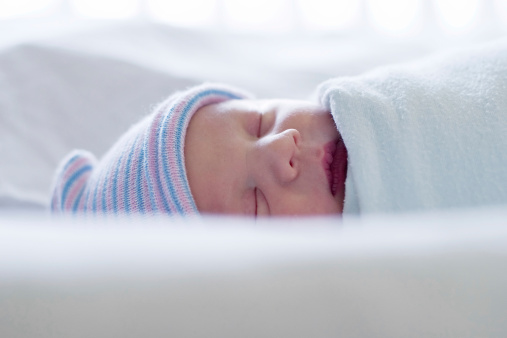
A new study finds that nearly all parents install car seats for newborns incorrectly. Parents who are low income or speak poor English are the most likely to make installation and positioning mistakes.
Researchers from the Oregon Health and Science University Hospital selected a certified child passenger safety technician to observe close to 300 parents of newborns or their designees install car seats. The technician found that 93 percent made at least one key positioning or installation error, which puts infants at increased risk for injury, according to data from the National Highway Traffic Safety Administration.
“Car safety seats can be difficult to use correctly for many families, and we need to provide the resources and services they need to help ensure the safest possible travel for newborns and all children,” said Benjamin Hoffman, lead author of the study and medical director of the Tom Sargent Children’s Safety Center at Doernbecher Children’s Hospital in Portland, Oregon.
The car safety technician took note of all errors parents or their designees made based on car safety seat and vehicle manufacturer recommendations, but made corrections prior to the families driving off with the new babies.
The most common errors in positioning the infant included:
• A harness that was too loose
• Retainer clip too low
• Harness too high
• Caregiver unaware how to adjust the harness
The most common installation errors were:
• Car safety seat installed too loosely
• Incorrect angle of car safety seat
• Safety belt used but not locked
• Incorrect spacing between car safety seat and vehicle front seat
According to the researchers, families with increased risk for one or more mistakes in positioning or installation tended to be of lower socioeconomic status, had less education, were non-white, did not speak English, and were unmarried or without a partner. Families who had worked with a certified car seat technician before their baby was born were thirteen times more likely to position their baby correctly and install the car seat correctly.
“We need to move beyond the idea that we cannot afford to develop and support child passenger safety programs,” said Hoffman. “Car crashes kill more kids that any other cause; we can’t afford not to.”
The study was presented at the American Academy of Pediatrics annual meeting, taking place this week in San Diego.





